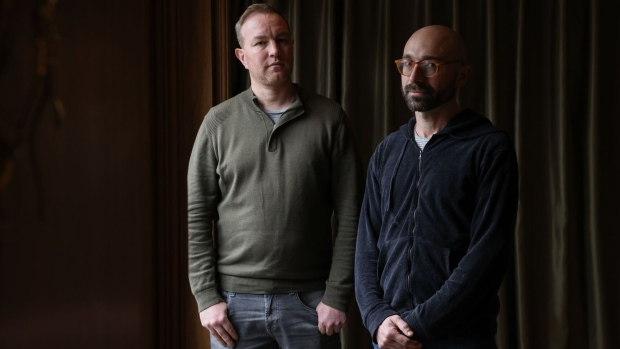Mar 13, 2024
The Tom Hayes Libor Appeal a Decade in the Making: a Timeline
, Bloomberg News

(Bloomberg) -- A lot has happened in the 12 years since Tom Hayes was first arrested by UK police as part of global investigations into Libor rigging.
Hayes joined UBS Group AG as a yen interest-rate swap trader in Tokyo in 2006. He then switched to Citigroup Inc. in 2009, shortly after he was fired after an internal investigation found he had manipulated the London interbank offered rate.
For half a century Libor helped determine the cost of borrowing around the world. It underpinned contracts running to hundreds of trillions of dollars, ranging from mortgages and credit cards to interest-rate swaps.
In 2017, the Bank of England announced that the rate would be phased out after the trading that underpinned the benchmark had dried up and the manipulation scandal had wrecked its global reputation.
Hayes and fellow trader Barclays Plc trader Carlo Palombo are appealing their rate-rigging convictions in London on Thursday. Should they prevail several other convicted traders will likely look to clear their names and the UK’s Serious Fraud Office will face questions about its ability to make complex financial prosecutions stick.
“If it’s successful, these prosecutions should never have been brought; that there was never a criminal offense and that the whole concept of the prosecution was based on a flawed theory of law,” Karen Todner, Hayes’ lawyer, said in an interview.
Here’s a timeline of the key events that have led to the last ditch Court of Appeal hearing.
©2024 Bloomberg L.P.






